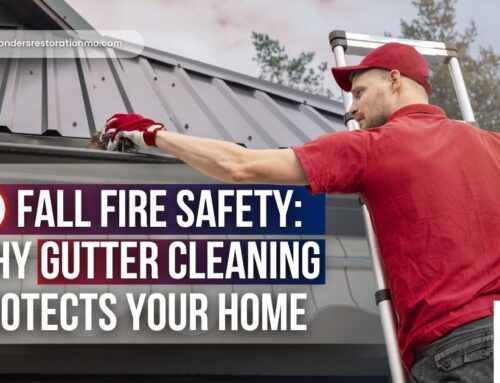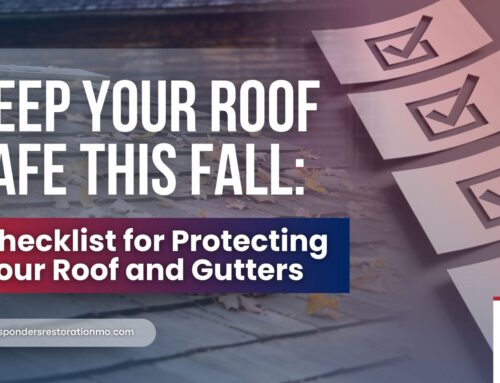How to Protect Your Home from Summer Flash Flooding | Flood Protection Tips from Restoration Experts
Stay Prepared with Expert Flood Protection Insights from One of the Nation’s Top Restoration Companies
Flash flooding is unpredictable and can cause serious damage, which is why flood protection should be a top priority for every homeowner this summer. As temperatures rise, so does the risk of sudden, high-volume rainfall overwhelming drainage systems, saturating soil, and forcing water into basements, crawl spaces, and living areas.
At First Responders Restoration (FRR), we specialize in helping homeowners prevent and recover from these types of emergencies. In this guide, we’ll walk you through how to protect your home from summer flash flooding—combining preventive measures, restoration insights, and expert tactics to keep your property safe.
Check Your Insurance Coverage
Why This Matters:
Many homeowners believe standard insurance covers all types of water damage. However, flood protection is usually not included unless you have a separate flood insurance policy.
Action Steps:
Be Proactive, Not Reactive
For additional support and services, explore these related resources:
For general best practices and government guidelines, visit:
Flash flooding is unpredictable and often unavoidable—but that doesn’t mean your home has to suffer. With proper planning, structural upgrades, and the right monitoring tools, you can significantly reduce the risk of water damage this summer.
If you’re unsure where to begin or want expert assistance, schedule a free flood-readiness consultation with First Responders Restoration today. Our team is here to help protect what matters most—your home, your investment, and your peace of mind.








Leave A Comment